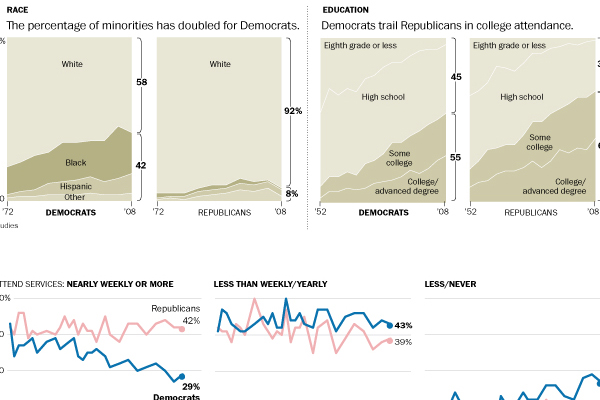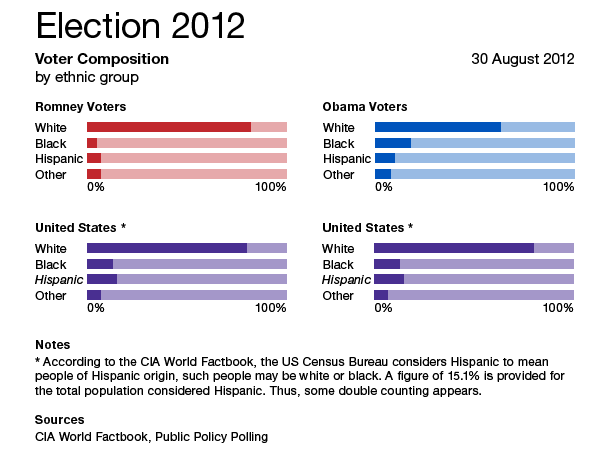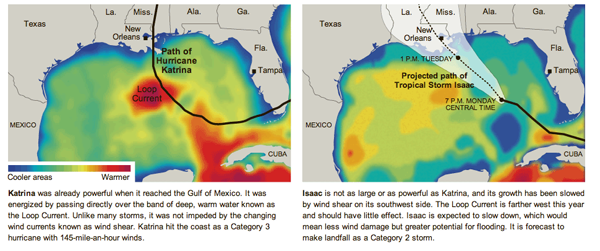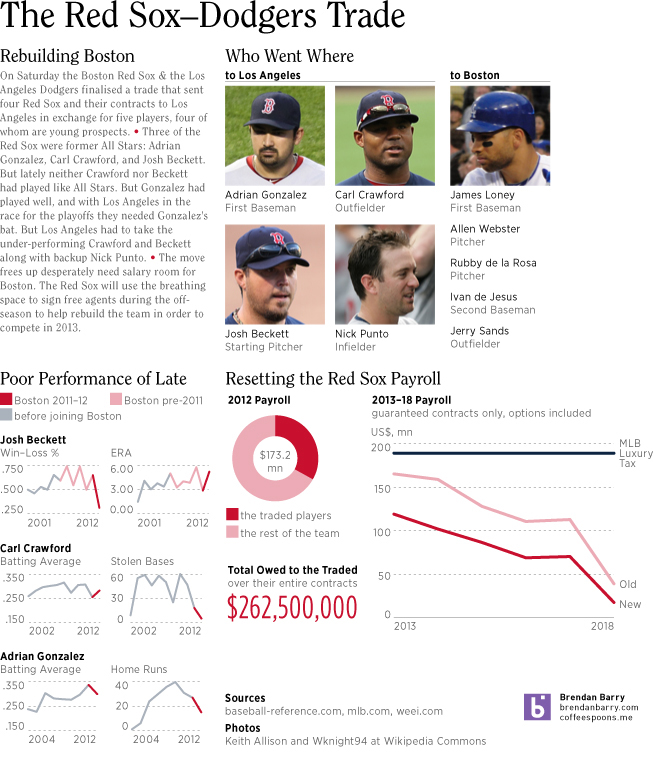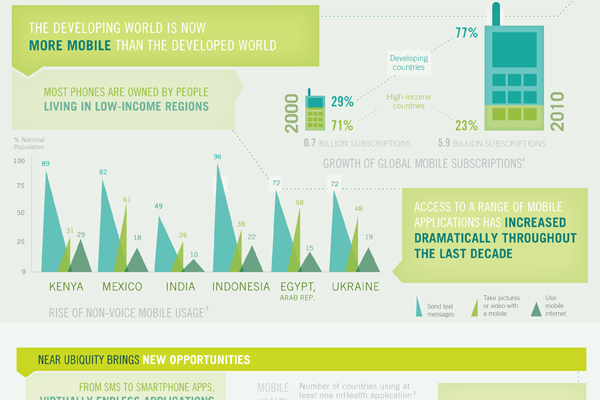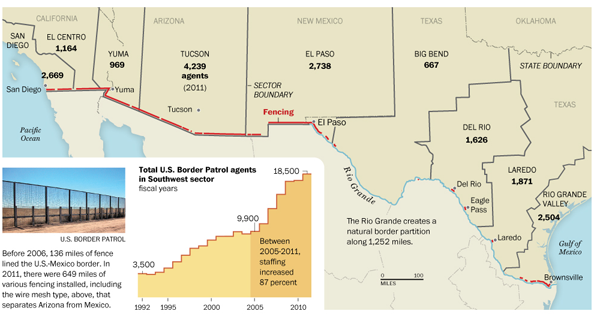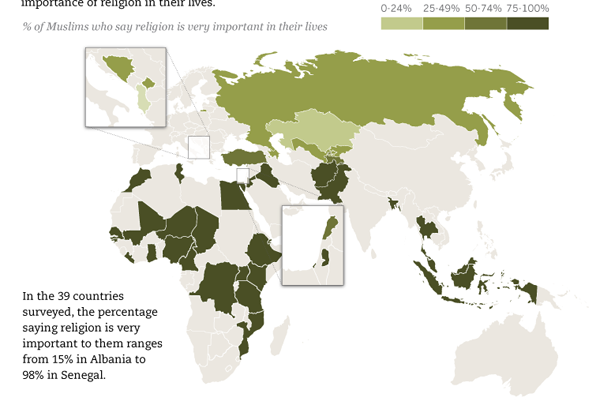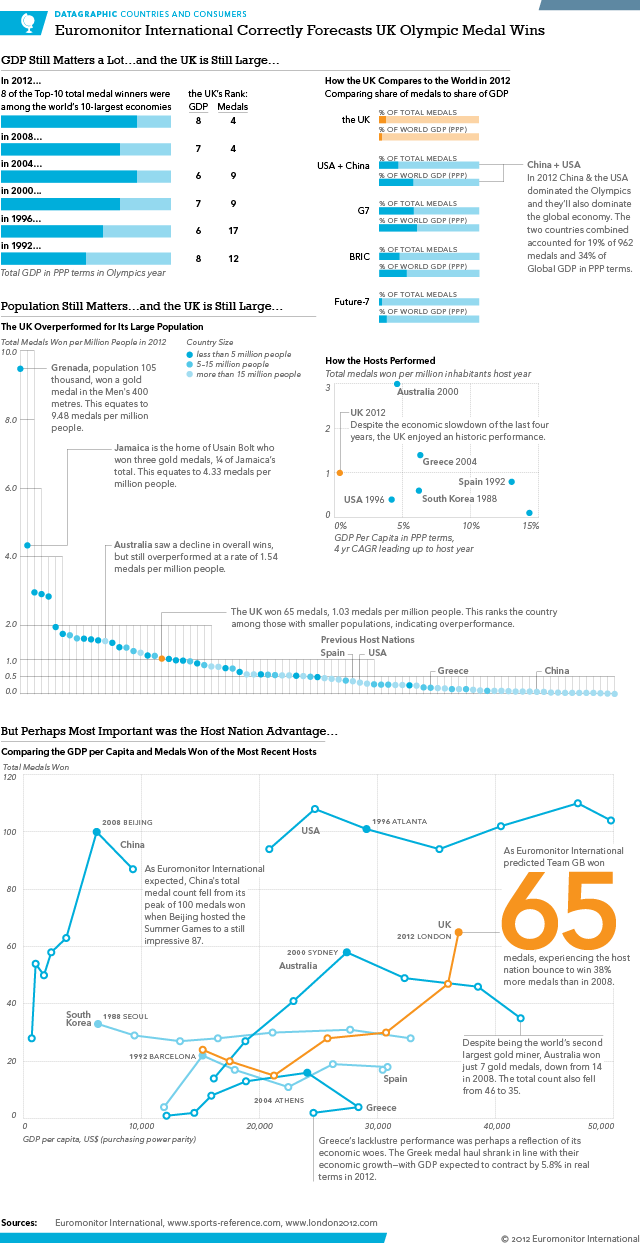We trade a lot with China. Everyone knows that. But people might not realise that both Canada and Mexico are also among our largest trading partners. (I suppose it helps that they are both right next door.) Mexico is the second-largest importer of US goods after Canada. (China is third.) The Washington Post looked at which states are exporting the most to Mexico and what their largest exports happen to be.
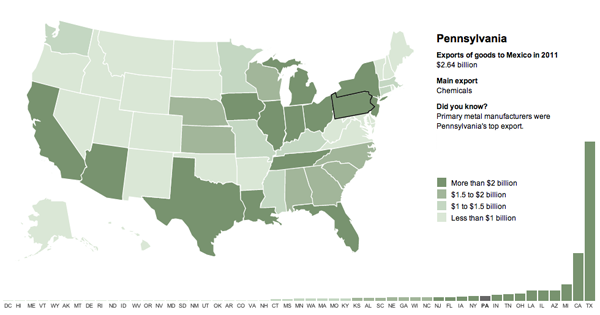
Credit for the piece goes to Wilson Andrews, Emily Chow, and Bill Webster.

